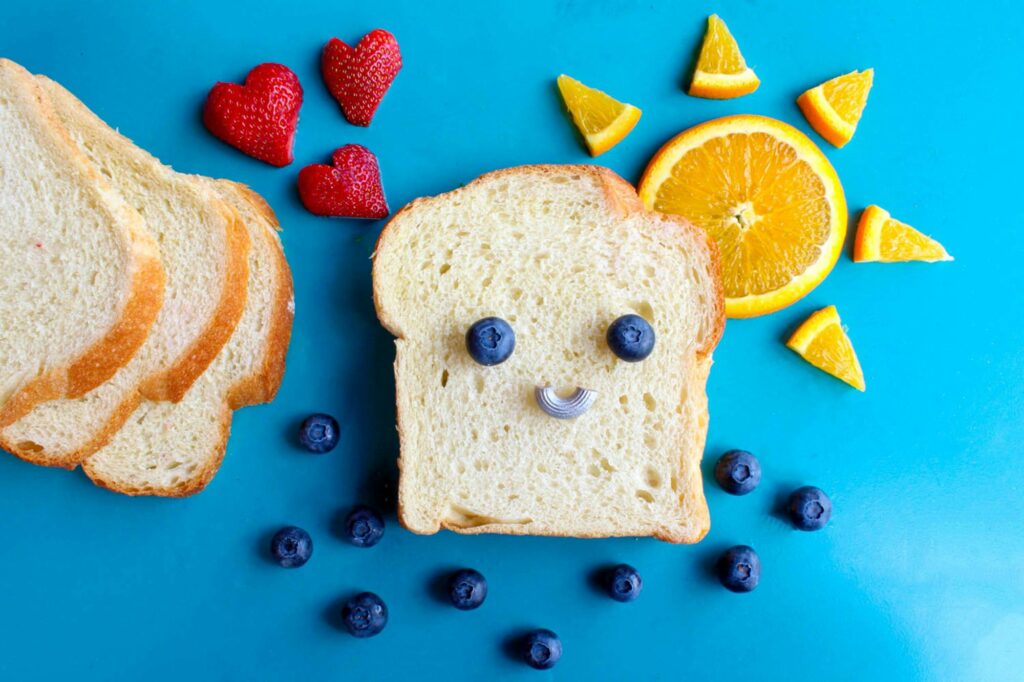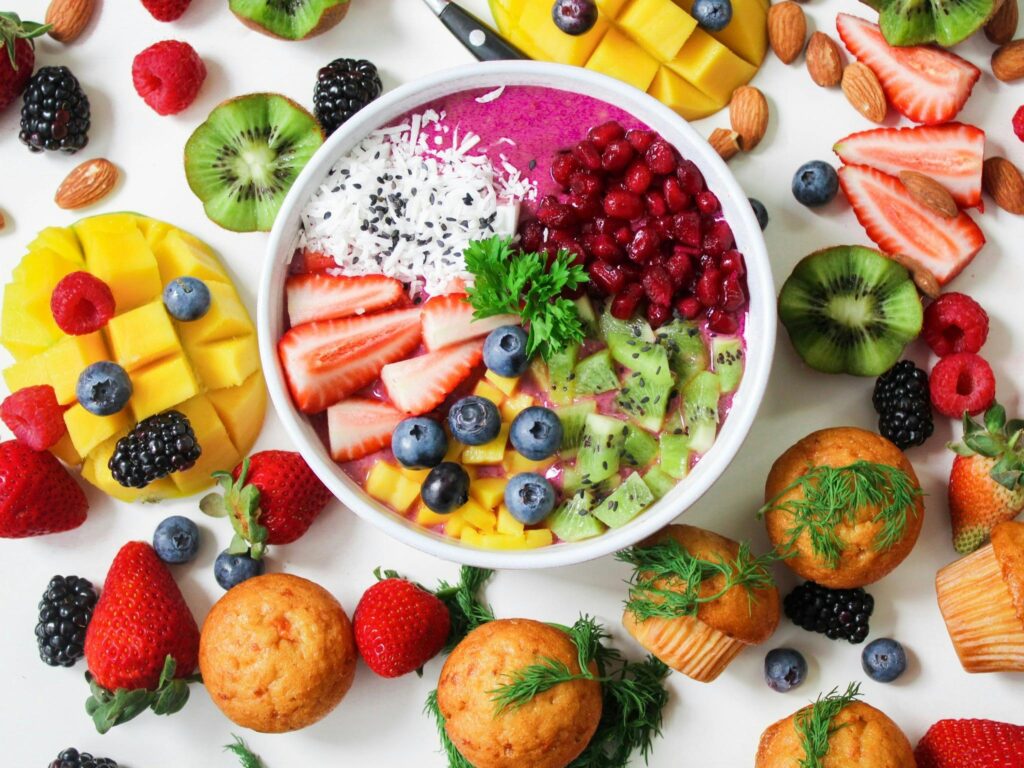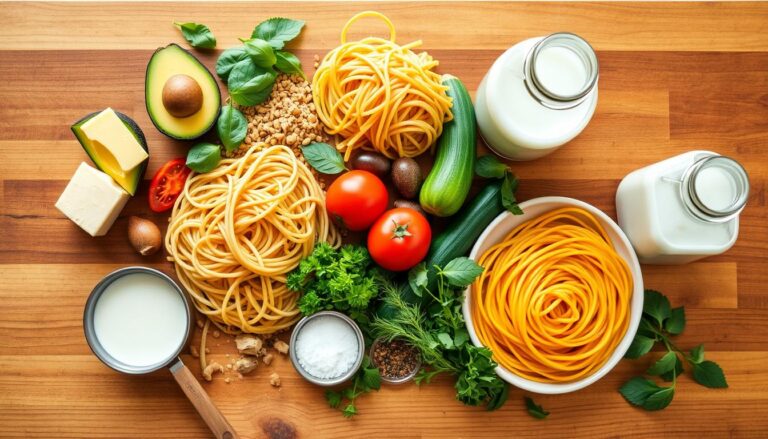Clean Eating for Families: How to Involve Your Kids

Clean eating is more than a trend; it’s a lifestyle choice. It promotes health, energy, and well-being. For families, adopting clean eating habits can be a game-changer. But, it can also feel overwhelming, when trying to involve kids. The good news? With the right approach, clean eating can be fun, educational, and rewarding for the whole family.
In this guide, we’ll explore what clean eating means and why it’s important for families. We’ll also share practical tips to involve your kids. From meal planning to kid-friendly recipes, we’ll cover everything you need to create a healthier future, one meal at a time.
What Is Clean Eating?
Clean eating is about eating whole, minimally processed foods. This means:
- Whole grains like quinoa, brown rice, and oats.
- Fresh fruits and vegetables in a variety of colors.
- Lean proteins such as chicken, fish, beans, and tofu.
- Healthy fats from sources like avocados, nuts, and olive oil.
- Minimizing processed foods, refined sugars, and artificial additives.
For families, clean eating isn’t about strict rules or deprivation. It’s about making mindful choices that nourish the body and support long-term health.
Why Clean Eating Matters for Families
1. Builds Healthy Habits Early
Teaching kids about clean eating sets the foundation for lifelong healthy habits. Children who grow up eating whole foods are more likely to make better food choices as adults.
2. Boosts Energy and Focus
Nutrient-dense foods provide sustained energy. This helps kids stay active and focused at school and during play.
3. Supports Growth and Development
Whole foods are packed with essential vitamins, minerals, and antioxidants. These support physical and cognitive development.
4. Strengthens Family Bonds
Cooking and eating together as a family fosters connection. It creates lasting memories.
5. Reduces the Risk of Chronic Diseases
A diet rich in whole foods can help prevent obesity, diabetes, and other chronic conditions later in life.

How to Involve Your Kids in Clean Eating
Getting kids excited about clean eating doesn’t have to be a challenge. Here are some practical tips to make it fun and engaging:
1. Start with Small Changes
Transitioning to clean eating doesn’t have to happen overnight. Start by swapping out processed snacks for whole-food alternatives, like fresh fruit, yogurt, or homemade trail mix.
2. Make It a Family Affair
Involve your kids in meal planning and grocery shopping. Let them pick out fruits, vegetables, or whole grains they’d like to try. This gives them a sense of ownership and makes them more likely to enjoy the meals.
3. Get Creative in the Kitchen
Turn cooking into a fun activity! Let your kids wash vegetables, stir ingredients, or assemble their own healthy wraps or salads. The more they participate, the more invested they’ll be in the process.
4. Teach Them About Nutrition
Use simple, age-appropriate language to explain why certain foods are good for their bodies. For example, “Carrots help your eyes see better,” or “Protein helps your muscles grow strong.”
5. Make Healthy Foods Fun
Presentation matters! Create colorful fruit skewers, veggie faces, or smoothie bowls with fun toppings. Kids are more likely to eat foods that look appealing.
6. Lead by Example
Kids learn from what they see. If they see you eating clean, wholesome foods, they’ll follow your lead.
7. Limit Processed Foods Gradually
Don’t ban treats right away. Start by making them less available. Try oatmeal with fruit instead of sugary cereals. Swap soda for sparkling water with a bit of juice.
8. Celebrate Progress, Not Perfection
Clean eating is a journey, not a goal. Celebrate small wins, like trying a new veggie or choosing a healthy snack.
Kid-Friendly Clean Eating Recipes
Here are some easy, kid-friendly recipes to start with:
1. Rainbow Veggie Wraps
- Use whole-grain tortillas.
- Spread hummus or avocado on them.
- Add sliced bell peppers, carrots, cucumbers, and spinach.
- Let kids make their own wraps for fun.
2. Fruit and Yogurt Parfaits
- Layer Greek yogurt, fresh berries, and granola in a glass.
- Add honey for sweetness.
3. Homemade Veggie Pizza
- Use whole-grain pita or cauliflower crust.
- Top with tomato sauce, mozzarella, and veggies.
- Let kids decorate their pizzas before baking.
4. Banana-Oat Pancakes
- Blend oats, bananas, eggs, and cinnamon.
- Cook on a griddle and serve with fruit.
5. Ants on a Log
- Fill celery sticks with peanut butter or almond butter.
- Top with raisins or dried cranberries.
The Long-Term Benefits of Clean Eating for Families
Embracing clean eating as a family improves health and teaches kids valuable skills. They learn to make smart food choices, enjoy whole foods, and develop a positive eating habit.
1. Improved Physical Health
Clean eating helps with weight management, strong immune systems, and overall health.
2. Enhanced Mental Clarity
Nutrient-rich foods boost focus, memory, and mood for kids and adults alike.
3. Stronger Family Connections
Cooking and eating together strengthens communication, teamwork, and family bonds.
4. Environmental Awareness
Clean eating often means choosing local, sustainable foods. This teaches kids about caring for the planet.

Overcoming Common Challenges
1. Picky Eaters
Introduce new foods slowly, with familiar foods nearby.
Make healthy foods look appealing with creative presentations.
2. Busy Schedules
Plan meals and prep ingredients ahead of time.
Keep healthy snacks ready for quick grabs.
3. Budget Constraints
Buy seasonal produce and bulk items like grains and beans.
Grow your own herbs or veggies to save money.
Final Thoughts
Clean eating is more than a diet; it’s a lifestyle that unites families. By getting your kids involved, you teach them healthy habits for life. Start with small steps, stay committed, and celebrate each success.
Ready to start your clean eating journey? Share this article with other parents. Let’s work together to make families healthier and happier!







